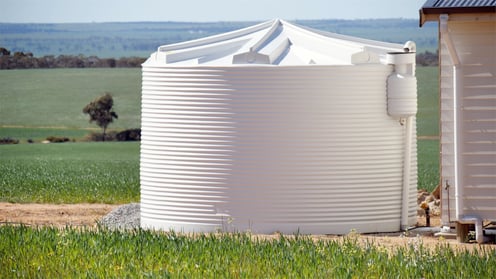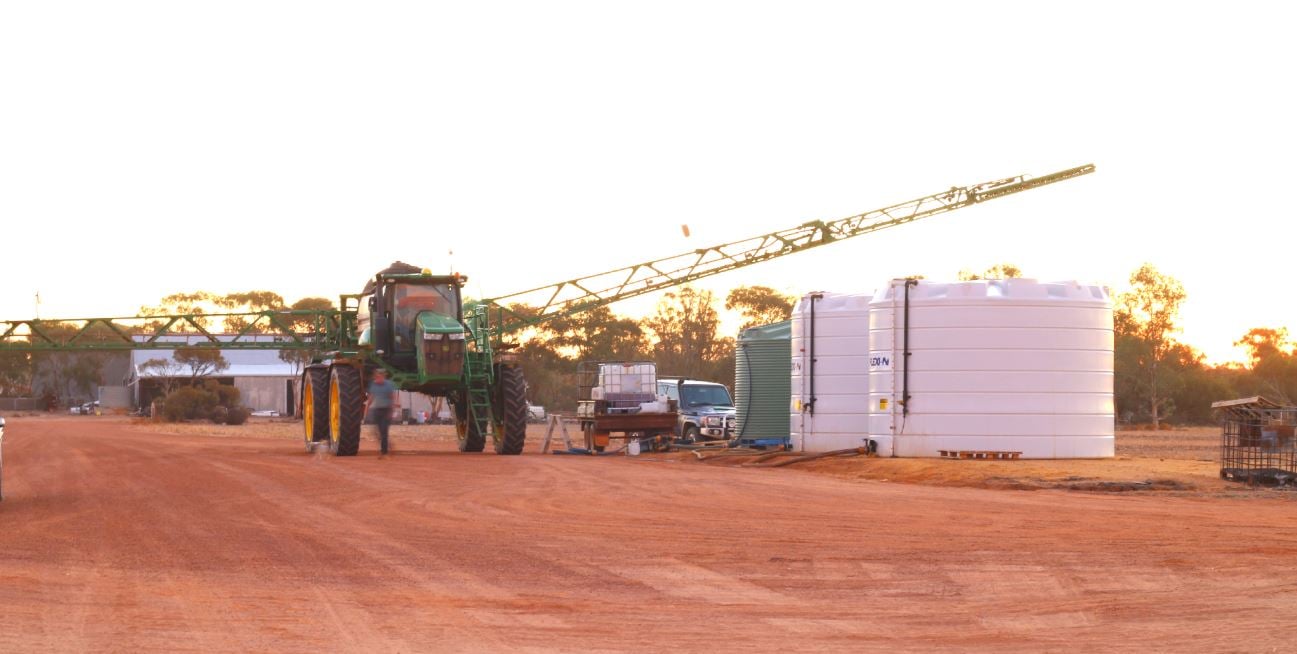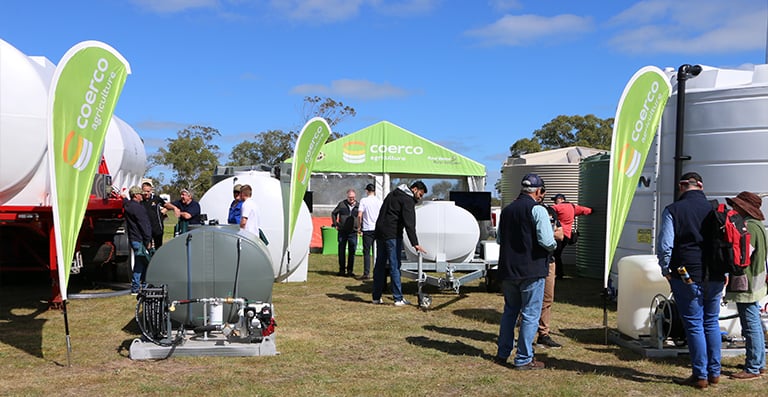Carting water is necessary when individuals or communities need to supplement their water when supplies are dangerously low. Case in point: February 2020 has seen two more water deficiencies declared in Western Australia; one month after in March, a tenth water deficient area has been declared in the state.
Indeed, living in an area where water security is problematic, especially during drought or low rainfall winters, can severely impact your farm’s productivity. Thus, planning is necessary.
You might have to cart water for the following purposes:
- Contaminated or unreliable water source
- Dust suppression
- Construction
- Livestock
- Landscaping
- Municipal watering
- You aren’t connected to mains water
- Crop spraying, etc.
Some Types of Carted Water
There are several types of water that may be transported in bulk.
- Demineralised water is usually intended for industrial and scientific applications.
- Raw water, which is untreated water from natural resources such as streams and rivers, can be used for watering crops, livestock drinking, toilet flushing, etc. However, it is not advisable to use raw water for human consumption.
- Potable water is safe for human consumption. When carting potable water, you must ensure that it’s quality potable water.
Ensuring the Quality of Potable Water
All drinking water service providers in Western Australia must adhere to the Australian Drinking Water Guidelines (ADWG). Making sure you are getting your water from licensed water suppliers ensures that your water is safe for consumption. Private businesses, State Water Authorities, as well as Local Councils must get licensed by the Economic Regulation Authority.
Because potable and demineralised water undergo treatment, they may be more expensive than raw water which is natural and untreated. Although raw water could be cheaper, you’ll need a suitable filtration system if you’re going to utilise it for drinking or showering. - Recycled water is considered an alternative source for the agriculture sector. It’s said to be cheaper compared to the more traditional types, has high nutrients and low salt content compared to dams or bores which may experience a spike in salt deposits during drought.
Factors that Affect the Price of Carted Water
Water cartage prices aren’t fixed. They might be cheap one season and experience an increase the next. So, it’s important to plan for the inevitable seasonal increase in price and demand instead of waiting for the last drop of water to go before you act.
Prices vary widely on the following factors:
-
Hiring a contractor vs. carting water yourself
-
Cost per hour for the transport
-
Location / Distance
The overall cost you would have to pay depends on whether you hire a contractor to cart water or if you do it yourself with your own truck. You can find several water cartage services nearest you with a quick search on the internet (i.e. through the yellowpages website).
Your location also affects the price because travel time must be factored in.
Carting Water for Stock
Knowing your livestock’s daily water requirement gives you an idea as to how much water you need to cart. Livestock type, livestock breed and age, feed quality, feed type, lactation, and the weather, all affect how much water livestock consume daily.
You may calculate your livestock water needs here.
Estimating Cost of Carting Water for Stock

Scenario:
Your location - 10 km away
Livestock - 400 adult sheep on improved pasture
Maximum summer demand (L/day) - 10
Daily Water Requirements
400 sheep x 10 L/day = 4,000 L/day (880 gallons/day)
Truck operating costs: 10 km at $0.80 per km = $8.00
Labour costs: 2 hours at $16 per hour = $32 .00
Total: $40.00
This represents around $3 per sheep per month.
Managing Your Water Resources

Meanwhile, here are some general ways to manage your water supply so that it lasts longer.
-
Prevent water losses due to evaporation.
Fence off dams and springs and other water sources (prevents bogging by stock) and cover your troughs.
A reminder on troughs: it’s necessary to check your troughs for salinity levels particularly if you use water from bores or streams for livestock drinking. If salinity is high, troughs must be cleaned every week, or they will corrode quickly especially if they are made of concrete.
Related topic:
The Problems with Dams on Farms That You May Not Know About
-
Plant or build shelter-belts to reduce stock water losses through perspiration.
-
Reduce pumping costs and minimise wastage.
Using pumps and pipes that are well-suited to your needs go a long way when it comes to conserving water.
-
When using dams, pump water from shallow dams to one central dam, particularly one that’s deeper and with a lesser surface area, to minimise loss due to evaporation.
It must be noted, however, that there are disadvantages to farm dams as outlined here.
-
Consider selling stock.
The more animals, the more water you need to buy. Selling stock is a difficult decision to make but might be necessary before stock suffers from lack of water. You may contact your nearest Agriculture department for advice.
-
You need to be proactive about keeping track of weather conditions in your area so you can plan to buy water ahead of time.
-
Once you have figured out how much water you need, find out what water storage options are right for you.
Carted water is best stored in water tanks rather than dams. This is because water stored in water tanks aren't as prone to evaporation and seepage.

Water Assistance & Water Carting Arrangements
Check out the Government of Western Australia Department of Water and Environmental Regulation website for any assistance around water scarcity on your property or email ruralwater@dwer.wa.gov.au for information.
Carting water may be done more as a last resort due to environmental conditions, but it’s getting to the point where it’s necessary.
Anticipate when the climate might not cooperate with you and make sure to use liquid transport systems that complement your water management strategy.
Related article:
5 Reasons Poly Water Cartage Tanks Are Perfect for Your Farm
Buyer's Guide: Poly Liquid Cartage









What do you think about this post?
Comments